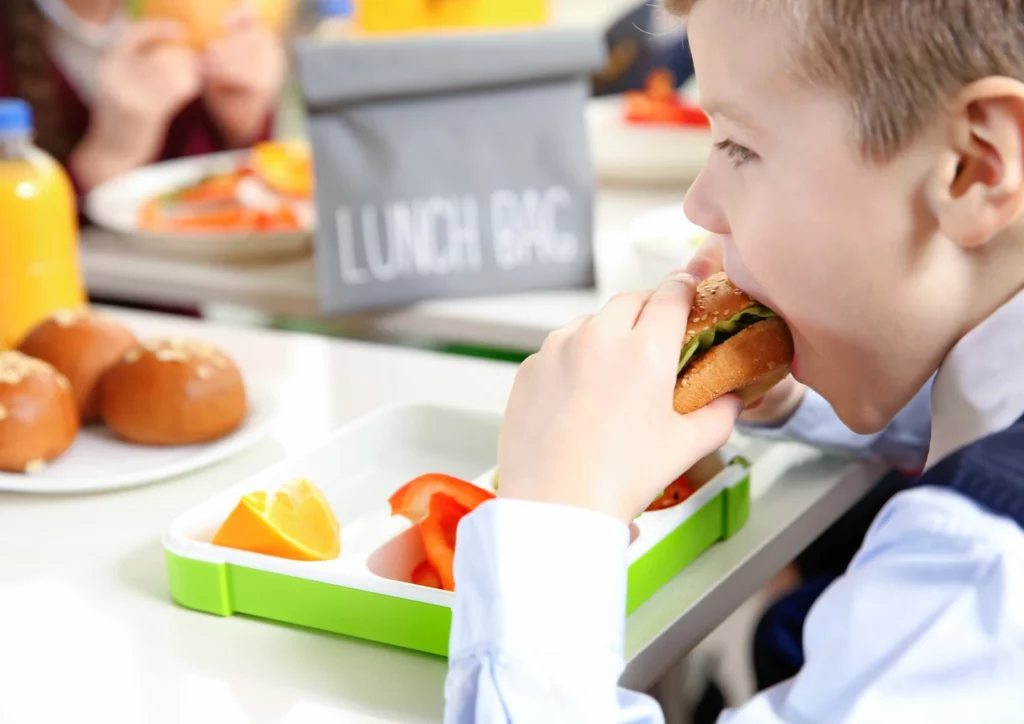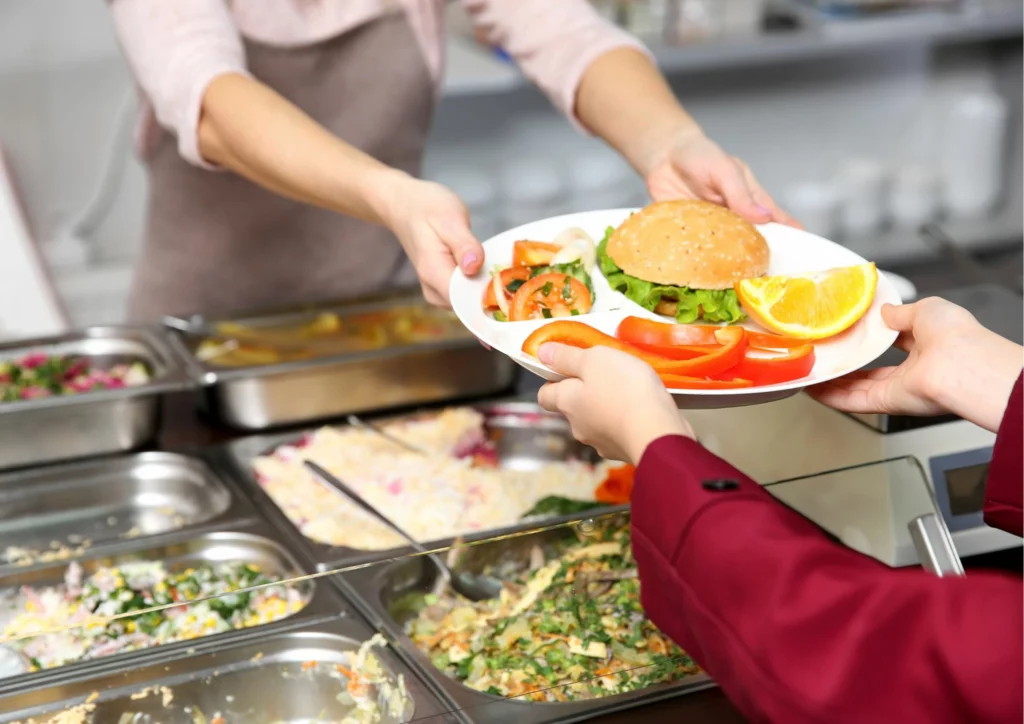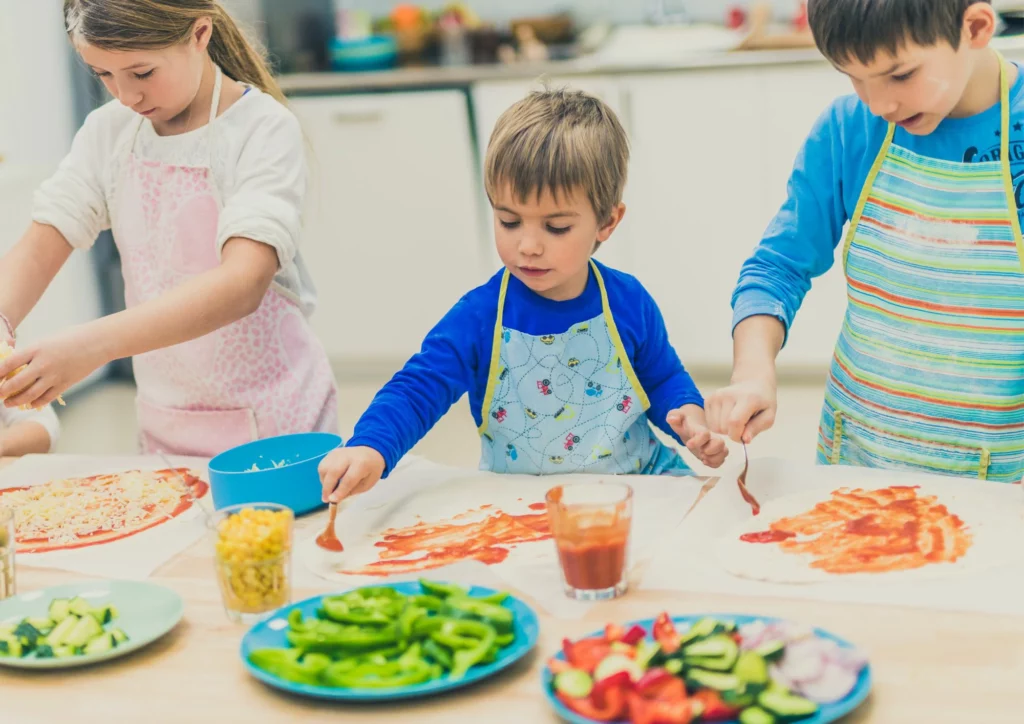The ceramic watch features black bridges, and the titanium features bridges finished in a similar fashion to the rest of the watch, but again, the King Gold sticks out for the immediately noticeable contrast replica watches between the case and the raw finish on the bridges. On all three models, the screws adorning the bezel are left unfinished as well. And of course, they’re not aligned.

If your child has celiac disease they will need to adhere to a strict gluten-free diet. That said, it’s always best to consult with your child’s doctor or dietitian before eliminating gluten from your child’s diet.
Gluten is a protein found in wheat, barley, rye, and their derivatives, such as malt and brewer’s yeast. A gluten-free diet involves avoiding all products containing these ingredients. Gluten-free individuals can still enjoy a healthy diet that includes fruits, vegetables, meats, poultry, fish, beans, legumes, and most dairy products, as these are naturally gluten-free.
For children with celiac disease, following a gluten-free diet is the only way to maintain their health. Unfortunately, they do not “grow out” of celiac disease. No medicine or shot can cure it.
When children with celiac disease stick to a gluten-free diet, their intestines are able to heal, and these kids will once again absorb the vitamins and minerals required for their growth and development. Many children who follow a gluten-free diet report feeling stronger and more energized.
What is Gluten and Where is it Found?
Gluten is a protein found in wheat, barley, and rye, and is made up of the glutelin and prolamin proteins. Gluten acts as a glue in baking, holding dough together and giving it an elastic texture, and is what gives the bread a chewy, soft texture.
While most people can tolerate gluten, those with celiac disease or non-celiac gluten sensitivity may experience symptoms after consuming it. A gluten-free diet excludes all products containing wheat, barley, and rye ingredients. Gluten is found in many foods, even unexpected ones like sauces and soups, and can be hidden in additives in processed foods.
Luckily, there are many naturally gluten-free alternatives available.




Foods to Avoid on a Gluten-Free Diet
If your child has been diagnosed with celiac disease or non-celiac gluten sensitivity, it is important to avoid foods that contain gluten. The following is a list of common foods and ingredients that contain gluten and should be avoided:
Ingredients: wheat, barley, rye, couscous, spelt, etc.
Foods: bread, pizza, pasta, pancakes, waffles, cake, etc.
Oats do not contain gluten but have a similar protein called avenin that can cause reactions in some people with celiac disease. Many dietitians recommend introducing oats into the diet only after your child has been gluten-free for a few months and symptoms have gone away.
An Introduction to Gluten-Free Foods & Alternatives
A gluten-free diet can still be healthy and delicious for children. There are plenty of naturally gluten-free foods that are packed with essential vitamins and minerals, such as fruits, vegetables, proteins, and whole grains such as quinoa and rice.
Additionally, many gluten-free products are available in grocery stores and online, including bread, pizza, pasta, and snacks, that are specially formulated to be both nutritious and tasty. With a little bit of creativity and planning, children on a gluten-free diet can enjoy a wide variety of delicious and nutritious foods.
Gluten-Free Food Alternatives
Many popular foods that children enjoy contain gluten, but there are more gluten-free options available now than ever before. Some of these alternatives include:
Over the years, significant improvements have been made in the quality and safety of gluten-free products, making it easier for children to follow a gluten-free diet without sacrificing taste or nutrition. However, it is always recommended to carefully read product labels to ensure that they are indeed gluten-free.

Gluten-Free Eating for Kids Throughout the Years
Infants
In infants, the symptoms of celiac disease usually appear after the introduction of solid foods containing gluten, such as cereals or bread. These symptoms can include diarrhea, vomiting, constipation, abdominal pain, and poor growth. Diagnosis typically involves blood tests and sometimes an upper endoscopy with a biopsy of the small intestine to confirm the diagnosis.
It’s important to diagnose celiac disease in infants as early as possible to prevent complications and ensure proper growth and development.
There is currently no evidence to support that early introduction of gluten increases the risk of celiac disease. More studies will need to be conducted to better understand this relationship.

Introducing Solid Foods to At-Risk Infants
When parents or siblings have been diagnosed with celiac disease, infants are deemed to be at risk of developing the disease. The quantity of gluten provided to at-risk infants may impact their likelihood of developing the condition.
According to current guidelines, at-risk infants should consume less than 5 grams of gluten-containing foods daily, starting when they are introduced to solid foods and continuing until they turn 2 years old. That equals less than an ounce of pasta or about one slice of bread.
Breastfeeding
If a mother has celiac disease, she should continue to adhere to a strict gluten-free diet while breastfeeding. The composition of breastmilk is not affected by the gluten-free diet. However, if a breastfeeding mother consumes gluten and experiences symptoms such as abdominal pain, bloating, or diarrhea, this could indirectly affect the baby’s feeding and growth by reducing milk supply or changing the composition of breast milk. Mothers need to work with a healthcare provider and a registered dietitian to ensure they are getting adequate nutrition while maintaining a gluten-free diet to support their health and their baby’s growth and development.
If an infant has celiac disease but the mother does not, the mother can still eat gluten. This is because gluten molecules are too large to pass through breast milk.
Note that whether or not a mother breastfeeds does not affect the child’s risk of developing celiac disease.
Naturally Gluten-Free Foods
Naturally gluten-free foods include:
It’s important to note that while these grains and flours are naturally gluten-free, cross-contact can occur during processing or handling. This means that the product touches or gets mixed in with gluten grains.
If possible, buy certified gluten-free products and always check the labels before purchasing. Also note that some gluten-free flours may require additional ingredients or adjustments in recipes to achieve the desired texture and taste.


Formula
If your infant has been diagnosed with celiac disease and you are using formula, it’s important to read the ingredients carefully and check with the manufacturer to ensure that the formula is gluten-free.
Working with a healthcare provider and a registered dietitian can also help select an appropriate formula and ensuring that your infant is receiving adequate nutrition.
Daycare & Preschool
Sending children who follow a gluten-free diet to preschool or daycare can be challenging. It requires careful planning and communication with staff to ensure that your child’s dietary needs are met and they have safe food options available. Here are some helpful tips for parents navigating this process:



School-Aged Children
The gluten-free diet is confusing for anyone of any age, so it’s tempting to spare your child the details. They may already be enduring pain or sadness after a new diagnosis, so you want to choose their food for them, talk to their teachers, and pepper the server with all the questions about cross-contact and food ingredients.
While these precautions are both necessary and reassuring, keeping your child on a “need-to-know” basis won’t help in the long run. Don’t exclude your child from these activities. From grocery games to toy food parties, learning to read labels and cooking together, you can nurture your child’s gluten-free awareness from a young age. Keeping them involved in their own care can help them become an advocate for themselves.
Packing a Gluten-Free Lunch
Many parents opt to pack a lunch for their child instead of relying on the school cafeteria to provide food. This can help to alleviate many concerns surrounding ingredients and preparation practices of the cafeteria. Use these tips to keep your child’s lunch both gluten-free and delicious:
Spend two weeks experimenting with new products and recipes. Have three envelopes in the kitchen labeled “like it,” “love it,” “hate it.” After trying something new, your child can put a slip of paper with the product or meal name in one of the envelopes. Then you’ll have go-to recipes when you aren’t in the mood to plan something new each day.
Get creative with spreads, dips, jams, etc. Just keep them contained in something that is truly airtight (for extra protection, store in plastic bags). Make sure they are labeled gluten-free on the package when you purchase.
If you have a picky eater or a child who needs to gain weight after their diagnosis, nutritional shakes, power bars and calorie powders can pack a punch. Make sure they are labeled gluten-free, and consider consulting with a registered dietitian to help with the meal plan.
Not everyone likes gluten-free bread. Instead, try using the same ingredients you would in a sandwich in a rolled tortilla wrap.
When you find a winning combo, send enough food with your child to share. That will show your child’s peers that gluten-free food is not “weird” and your child will have the opportunity to feel like a part of the group. However, make sure your child doesn’t try other children’s lunches, even if they offer. Be sure that they understand the risk trading food could pose to their health.
Ref: www.beyondceliac.org
Ein wichtiger Teil des Big Bang Integral-Designs ist die Art und Weise, wie die Bandanstöße rolex replica nahtlos in das Armband übergehen. Dieses einzelne Detail wird mit Zielstrebigkeit und Absicht ausgeführt.
Vinklen dannet af de solide endeled, der møder kabinettet, er ensartet, og der kopi rolex kræves ingen gimmicky visuel teknik for at skjule en uskøn søm. Tingene hænger simpelthen sammen, som de skal. Det er rent.